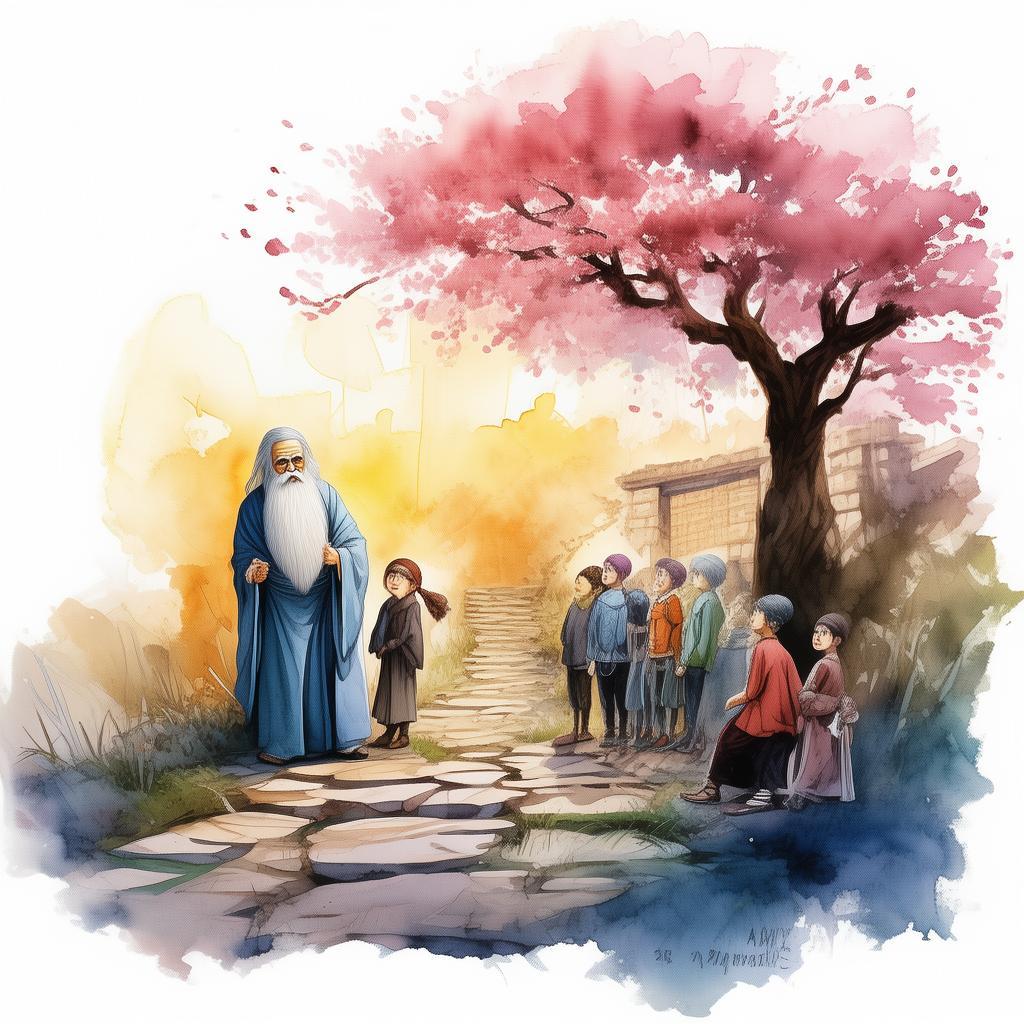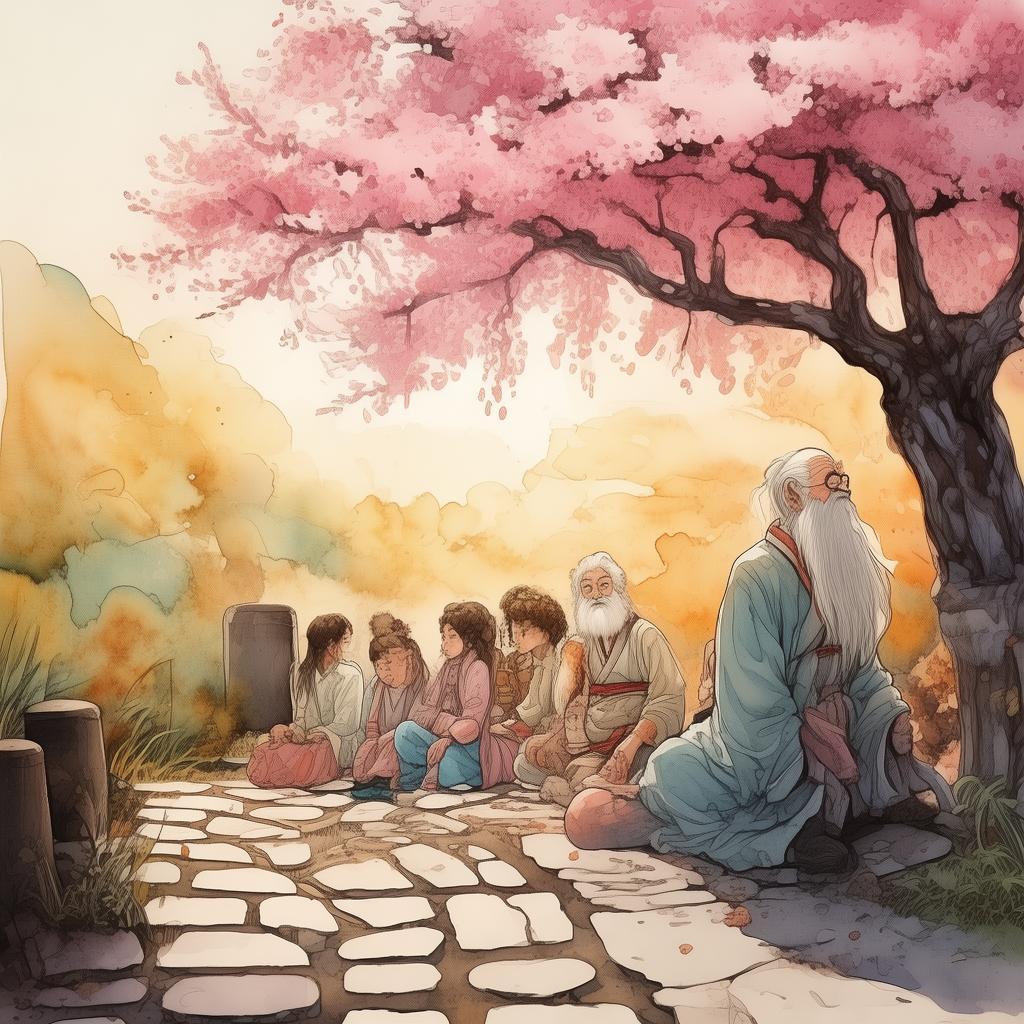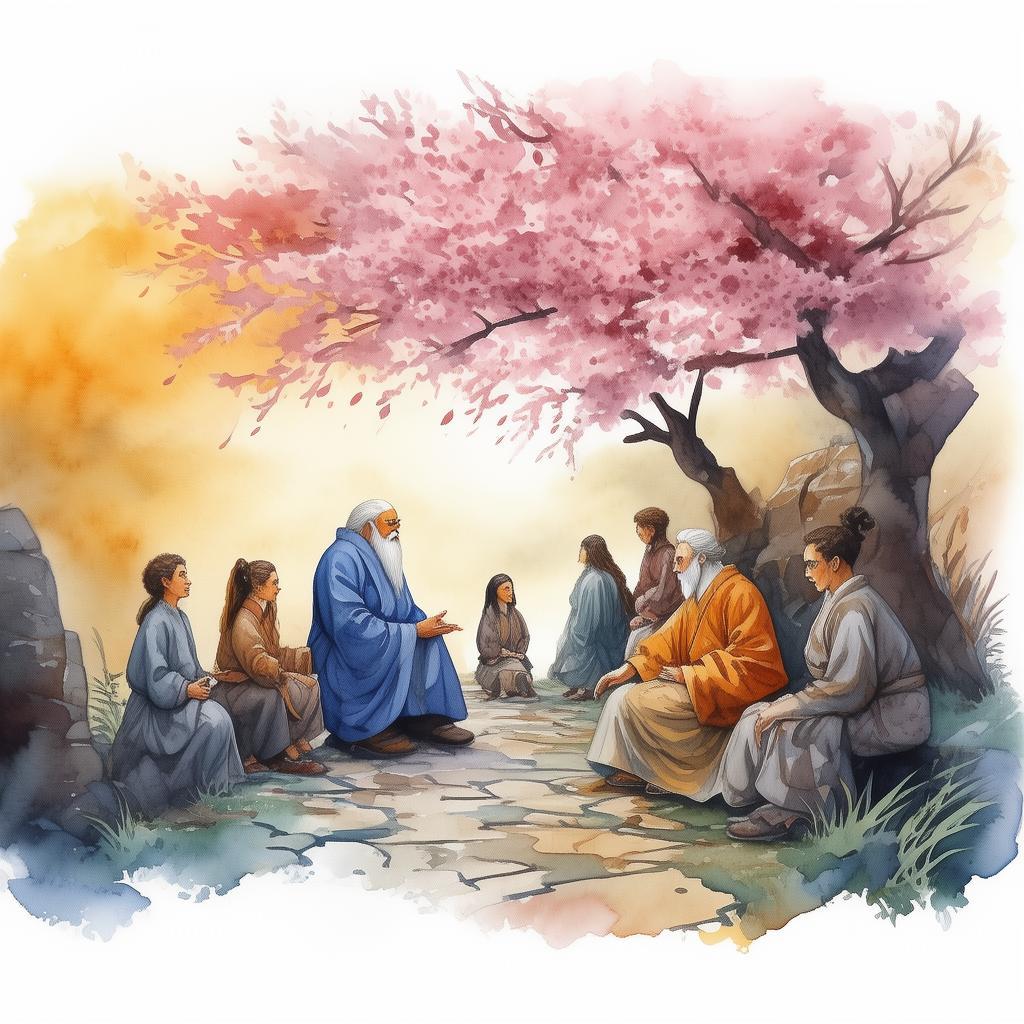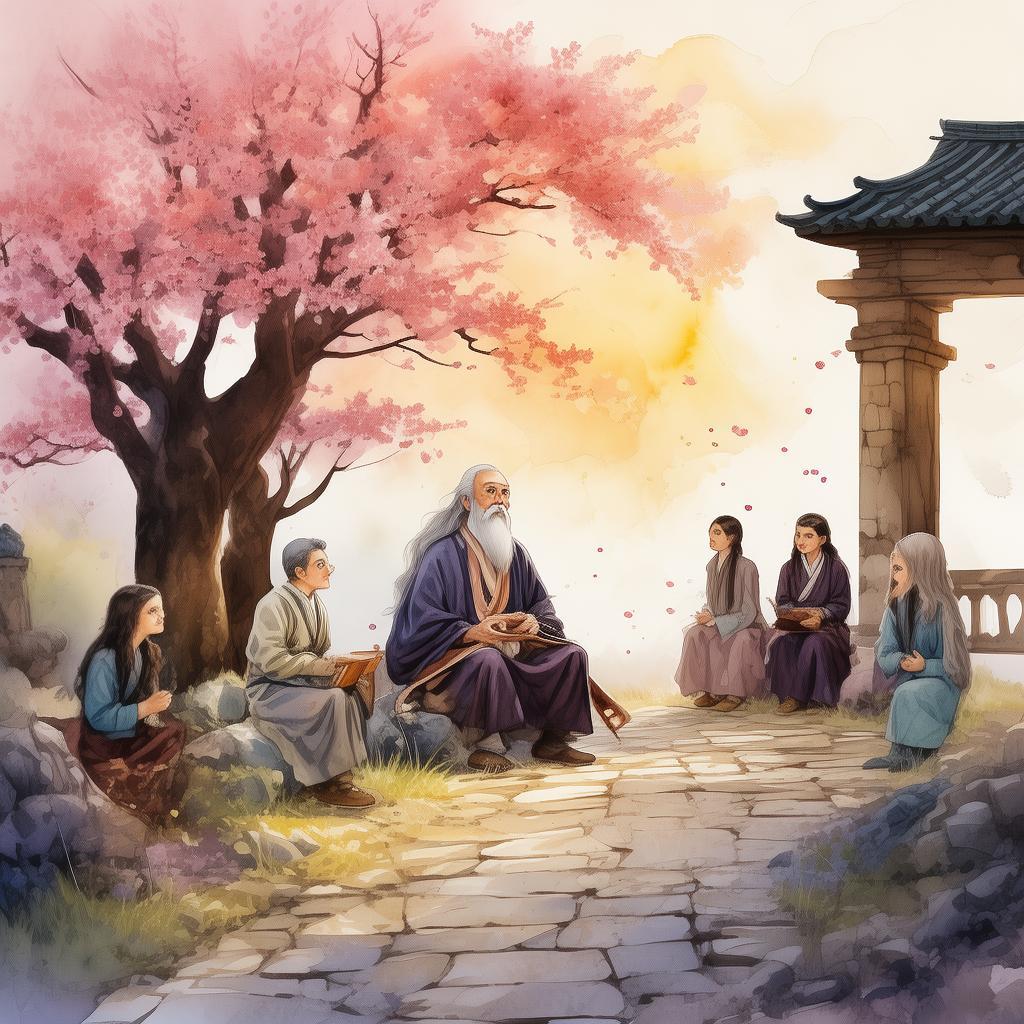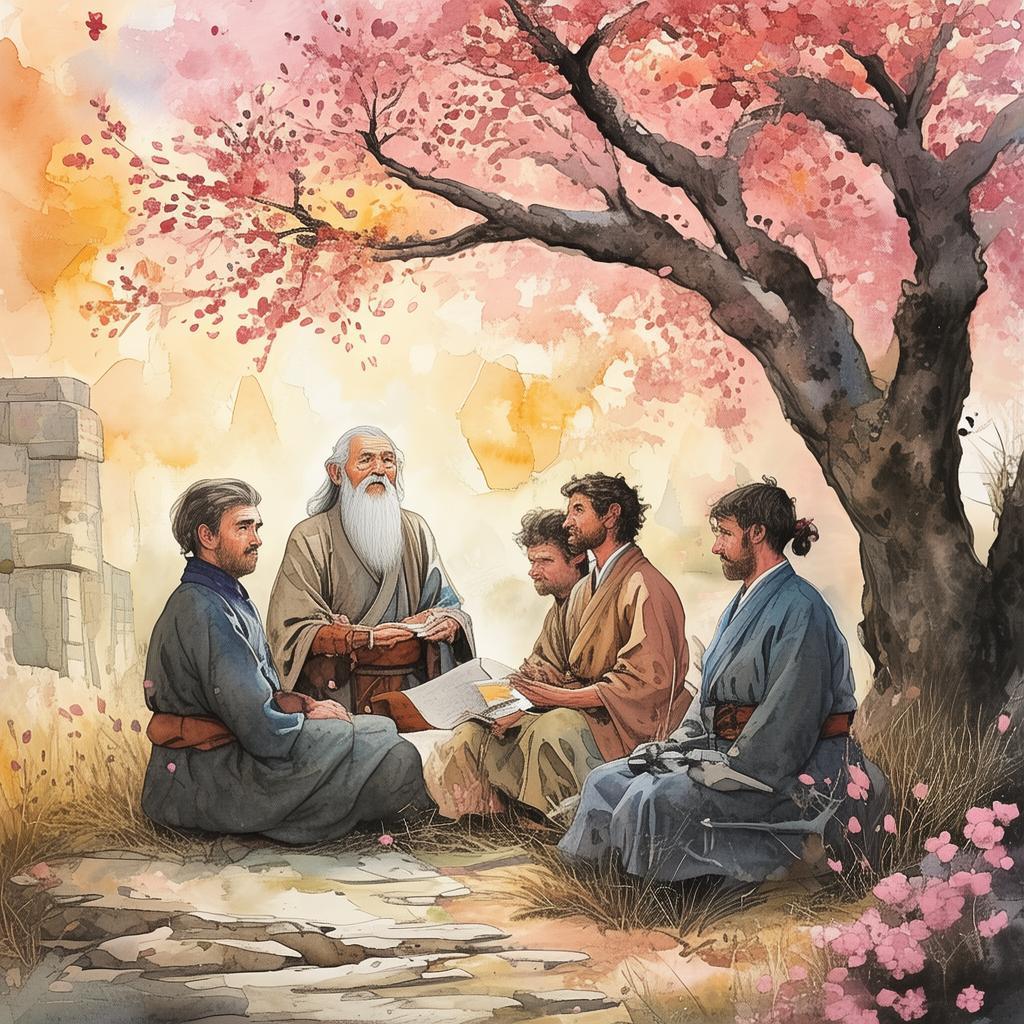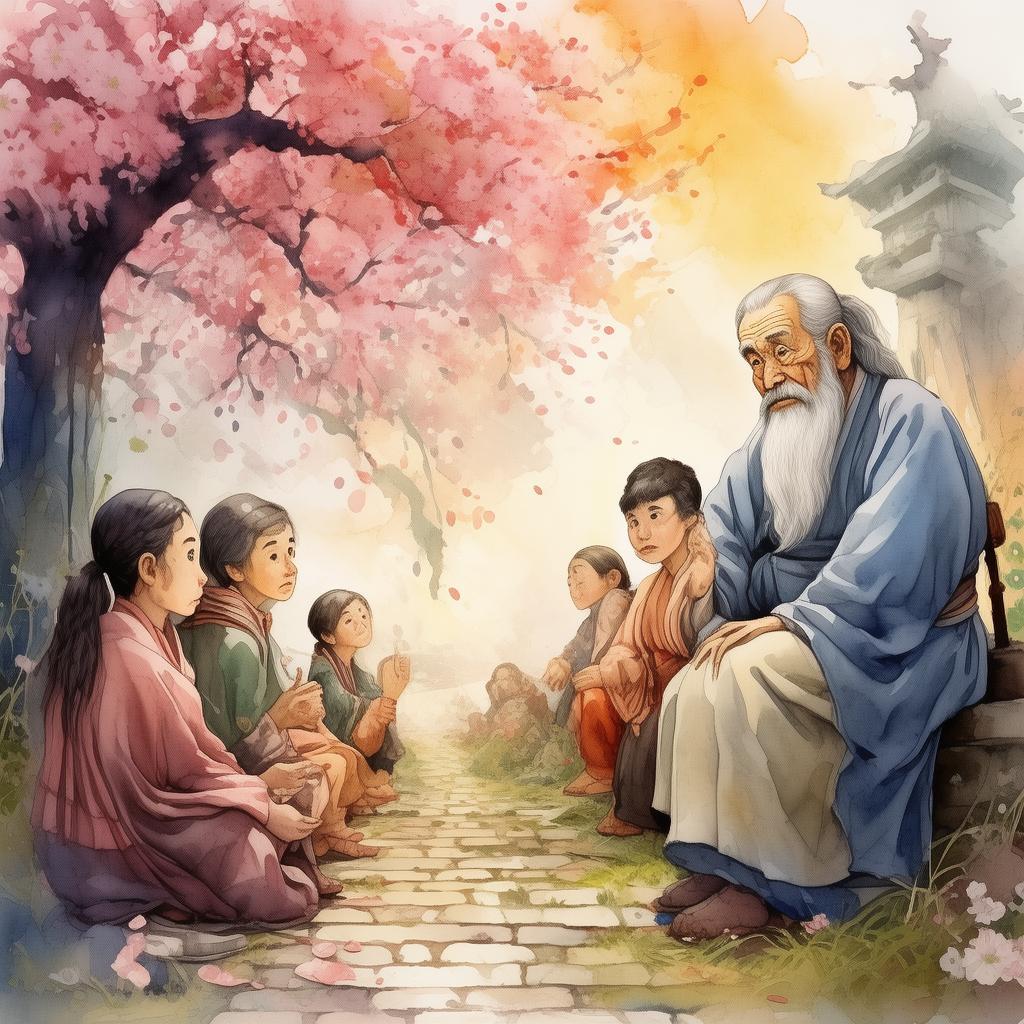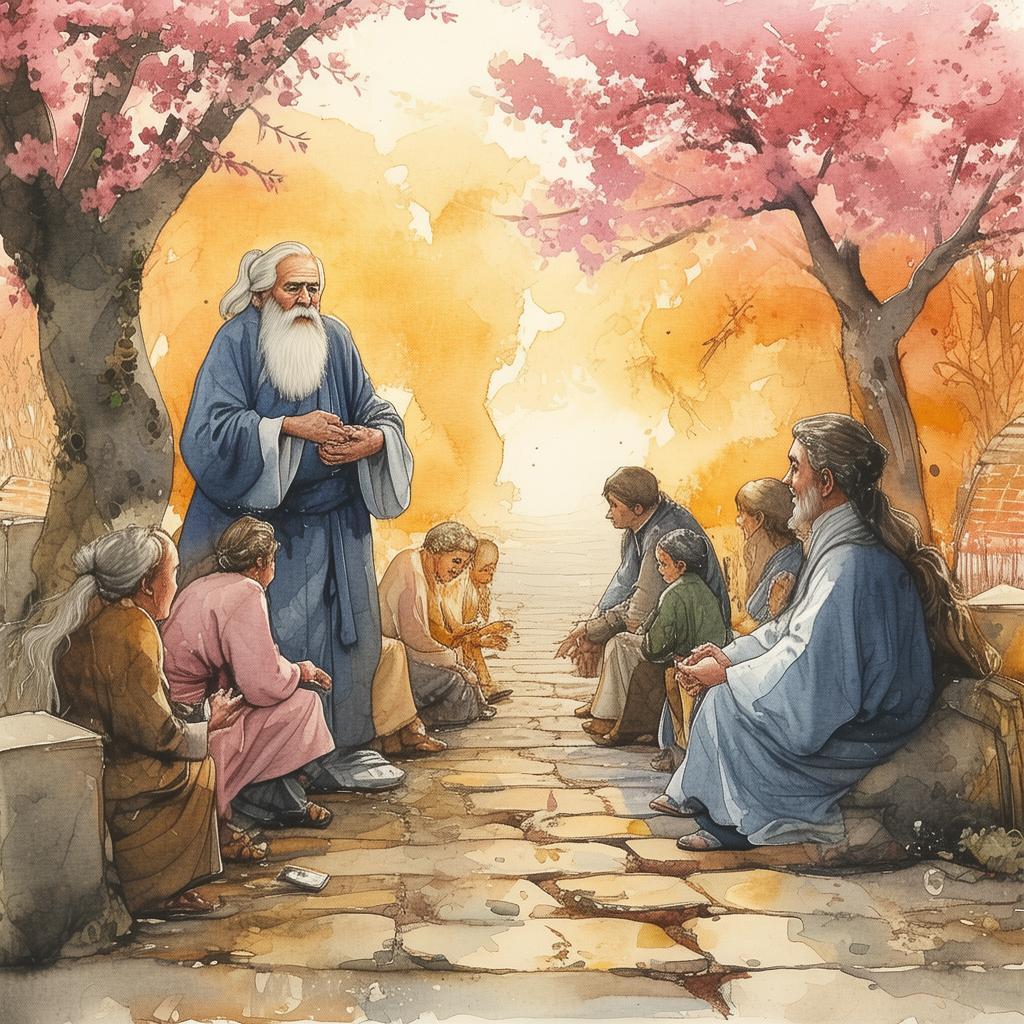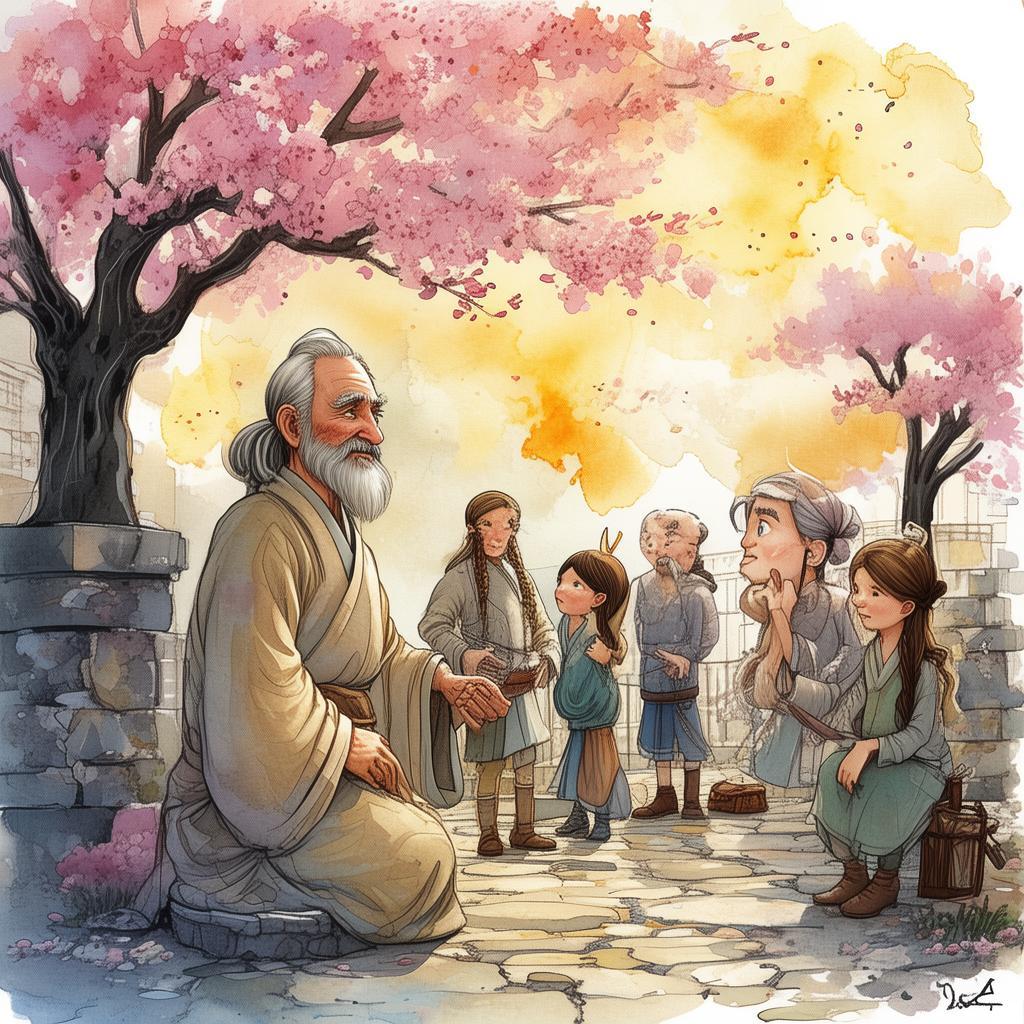Embroidering Shadows: The Stitch of Redemption
In the not-so-distant future, embroidery had transcended its traditional craft status to become a medium of communication, a language that told stories of the past and dreams of the future. The city of Luminara was a hub of this new art form, where the threads were woven with such precision that they could convey emotions, memories, and even future glimpses.
Amara, a young and talented embroiderer, had always felt a connection to the threads that bound her to the world of the future. Her mother, a renowned artist, had taught her the ancient art of embroidery, but Amara's creations were different. They were imbued with a sense of foresight, as if the threads themselves held the secrets of the future.
One night, as Amara worked on a new piece, she experienced a vision. The threads seemed to come alive, forming an intricate pattern that revealed a shadowy figure standing at the edge of a cliff. The vision was fleeting, but the image of the shadowy figure remained with her, haunting her dreams.

Determined to uncover the meaning behind the vision, Amara delved deeper into her craft. She spent days and nights in her studio, studying the patterns, searching for clues. It was during this intense period that she discovered an old, forgotten book in her mother's attic. The book spoke of a long-lost technique called "Stitch of Redemption," a method that allowed the embroiderer to weave the threads of their own past and future into a single, powerful narrative.
Intrigued, Amara decided to attempt the technique. She began by stitching her own life story, from her childhood memories to her dreams for the future. As she worked, she felt a strange connection to the threads, as if they were guiding her hand. The more she stitched, the clearer the vision became: the shadowy figure was not a stranger, but a reflection of her own inner turmoil.
Amara realized that the vision was a manifestation of her own guilt and fear. She had always felt responsible for her mother's untimely death, and the shadow was a symbol of the darkness that had consumed her. Determined to confront her past, Amara decided to weave the Stitch of Redemption into her latest piece, hoping to find peace and redemption.
As the final threads were drawn together, Amara felt a surge of energy. The embroidery began to glow, and she saw the shadowy figure transform into a figure of light, standing before her. It was her mother, smiling warmly, as if forgiving her for the years of pain and guilt.
The vision faded, but the embroidery remained, a testament to Amara's journey of redemption. She exhibited the piece at the annual Luminara Embroidery Festival, where it captivated the audience with its beauty and depth. The story of the Stitch of Redemption spread like wildfire, inspiring others to confront their own shadows and seek the light within.
In the end, Amara learned that the true power of embroidery was not just in the threads, but in the courage to face one's past and embrace the future. The Stitch of Redemption had not only freed her from her own darkness but had also become a beacon of hope for others, a reminder that even the darkest threads can be transformed into light through the power of vision and the art of embroidery.
✨ Original Statement ✨
All articles published on this website (including but not limited to text, images, videos, and other content) are original or authorized for reposting and are protected by relevant laws. Without the explicit written permission of this website, no individual or organization may copy, modify, repost, or use the content for commercial purposes.
If you need to quote or cooperate, please contact this site for authorization. We reserve the right to pursue legal responsibility for any unauthorized use.
Hereby declared.
